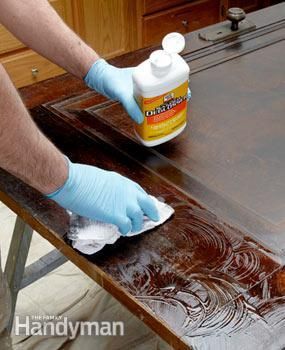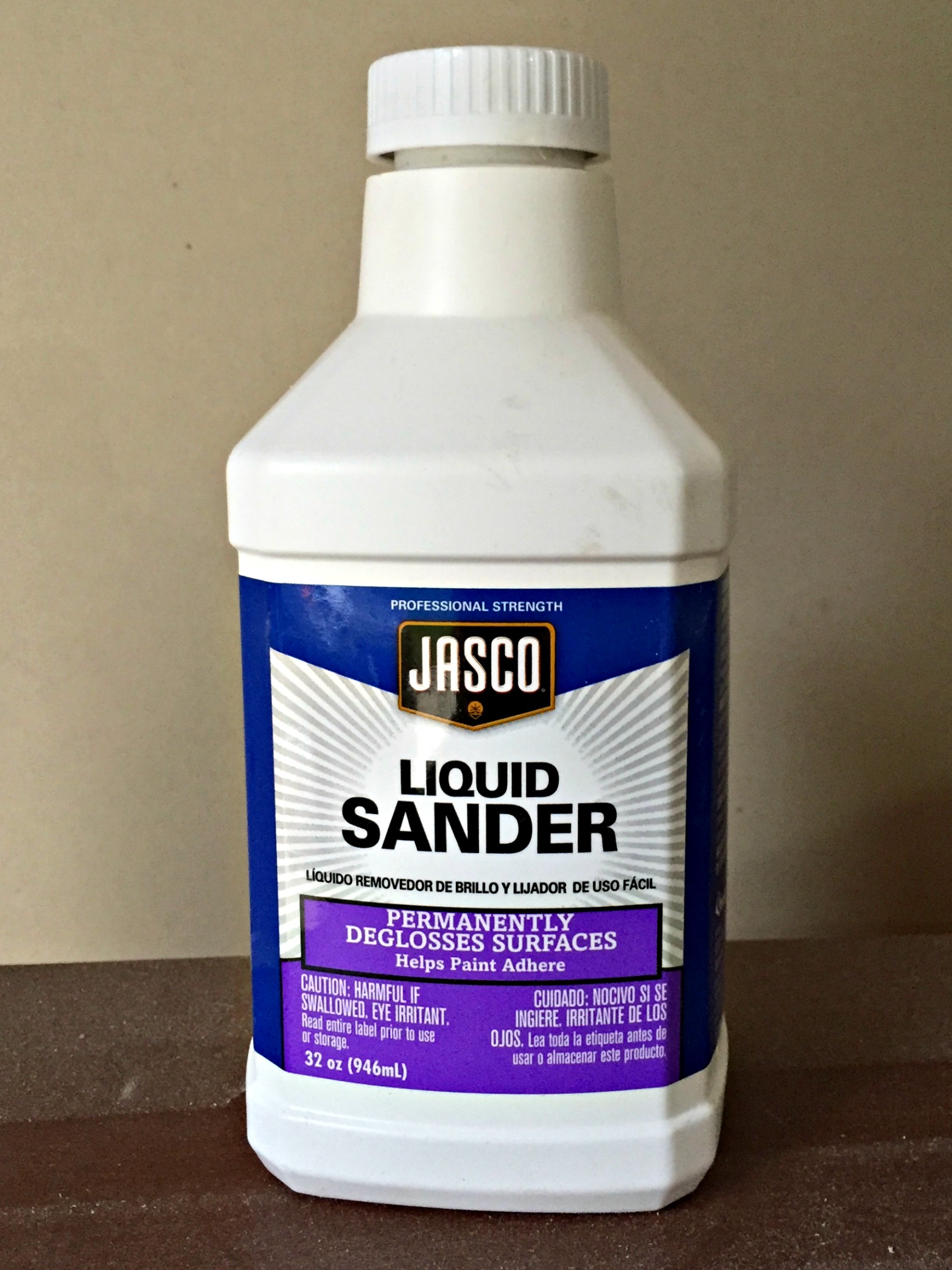
Sanding metal wet is often the best way to remove minor scratches and refinish dull surfaces to a high sheen. All are designed for excellent results in wet applications.

You can use it to remove paint defects and even out new paint jobs. When restoring a car's finish, wet sanding is the best approach, provided that care is exercised during application. Supports Paint Correction for AutomotiveĪutomobile surfaces are extremely fine and can scratch easily, so they need to be sanded with care. After the sanding dust gets wet, it doesn't ruin the paint. In high-end interior painting, wet sanding is used before painting as well as between coats. When used in home interior jobs, wet sanding reduces a lot of dust compared to dry sanding. Other benefits of wet sanding are highlighted below. If you’re looking for a more satiny finish, you can opt for oil instead of water. In addition to making scratches less visible, the water gives better control over the thickness of the finish. A wet sander can be used after sealant, varnish, or polyurethane has been applied to smooth out bumps, scratches, or imperfections on the surface. Smoothing clear wood finishes with wet sanding results in finer quality. Wet sanding only removes surface scratches and not much material, so use a light touch. This is done to remove scratches from previous passes. For an even finish, dry sanding uses small circles, while wet sanding uses linear movements and alternate directions between passes. It should also be noted that the physical process of wet sanding is different from dry sanding. If you can't soak the paper overnight, aim for at least 15 minutes of immersion before sanding. By doing so, the paper will not absorb any more moisture during the sanding procedure. To thoroughly wet sandpaper, many people suggest soaking it overnight in liquid. By doing so, the sanding surface is able to conform to the shape of the material more easily. Another option is to use sanding sponges with the abrasive already attached. The sandpaper can be folded over on itself to make a thicker piece, but it is even more effective if wrapped around a backing pad.

It is important to use sandpaper that is specifically rated for wet sanding.


If done correctly, the surface will gradually level out, and the scratches will become smaller and smaller until they are no longer visible when the light reflects off of them. Dry sanding shapes the surface, while wet sanding removes the large scratches left by dry sanding. The purpose of wet sanding is to get an even surface finish after dry sanding. WD-40 can be used as a lubricant instead of water if you're sanding bare metal.Īt Red Label Abrasives, we get a lot of questions about the process, namely, “What is wet sanding and why do it?” This blog explains the purpose of wet sanding, how you do it, and how the process differs from one material to another. By lowering the surface tension of the water, the detergent reduces scuffing and helps wet paper and material more completely. In general, the best liquid to use for most materials is water with a little bit of detergent in it. Without the liquid, the sandpaper can build up with material, causing scratches that ruin the finish. Wet sanding is a sanding process that uses water or another liquid as lubrication to wash away grit particles. Wet sanding helps to prevent surface scratches and is used to provide a smooth, even finish after dry sanding. Wet sanding is the process of using a liquid lubricant like water or WD-40 while sanding to wash away grit particles.


 0 kommentar(er)
0 kommentar(er)
